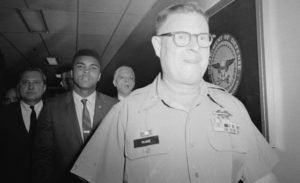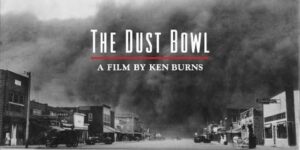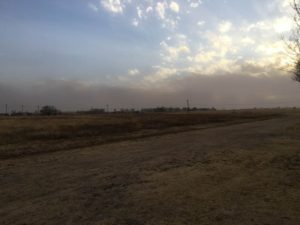Time does have this way of getting away from most — if not all — of us. Why that observation? Well, it dawned on me earlier today that this is the 10th year since I walked off the last full-time job I ever would have.
It has been a marvelous ride ever since that amazing moment in an equally amazing day.
It was Aug. 31, 2012. My employer informed me the previous day that the job I had performed at the Amarillo Globe-News would go to someone else. I worked as editorial page editor at the Texas newspaper for nearly 18 years. I thought I did a good job. My employer, I was left to presume, thought differently.
So, he informed me that my task would fall to someone else. I went home that day and returned early the next day to clean out my office. The very first item I tossed into the trash can was a stash of business cards with my name on it. Gone! Forever!
I walked away. On the way out I had one final meeting with now former employer. The conversation was an unhappy one. I left the building. I called one of my colleagues on my cell phone. I said “so long” to him and hung up.
Then, while sitting in my car, I cried.
That all occurred nearly a decade ago. You know what? I have gotten over that anger, and the pain of that moment. I have moved on. I am no longer angry. I no longer hurt. I no longer miss the daily grind of meeting deadlines and writing commentary.
I have had a number of part-time jobs in the years since. I write this blog each day. I am getting more proficient at using social media to spread the musings I post. I have written for public television, for commercial TV, for a community newspaper in New Mexico, for a major metropolitan daily newspaper in Dallas, for a public radio station in Commerce, and for a weekly newspaper near the city where my wife and I moved. I also worked for an auto dealer in Amarillo and for six months I worked as a juvenile supervision officer for the Youth Center of the High Plains, a detention center run by Randall County.
I have declared myself to be a highly adaptable human being. My life has provided proof of that declaration. I am damn proud of the career I pursued for nearly 37 years, and I am equally proud of the adjustments I have made, with enormous help and support from my wife of 50 years, sons, daughter-in-law, sisters and their families, in the life I have led for the past decade.
Time is still just flying by. It does that when you’re having so much fun.




